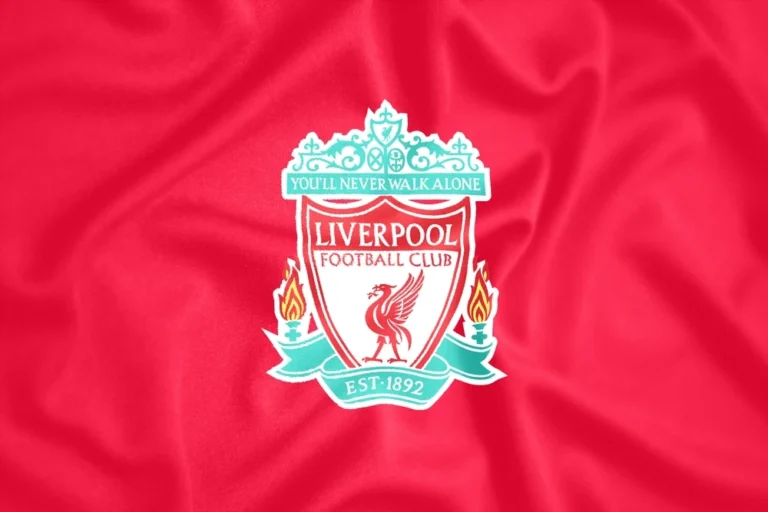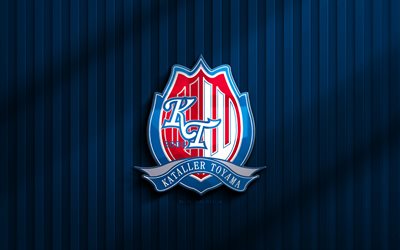
Croatia U17
The backbone of Croatia U17’s success lies in its coaching philosophy and development strategies. These elements shape how young players are nurtured, challenged, and prepared for professional careers https://nhacaiuytin.ooo/.
Coaching Philosophy and Player Development Strategies Croatia U17
Croatian youth coaching prioritizes technical mastery—ball control, passing accuracy, dribbling, and shooting—alongside tactical understanding. Coaches often employ creative drills that simulate match scenarios, encouraging players to think quickly and adapt tactically.
A typical training session integrates individual skill exercises with small-sided games, fostering decision-making under pressure. This approach ensures young players develop a deep understanding of positional play, movement off the ball, and strategic positioning.
Holistic Player Development and Personal Growth
Beyond technical prowess, Croatia U17 coaches focus on character building, mental toughness, and discipline. They emphasize leadership qualities, teamwork, and resilience, preparing players for the psychological demands of top-level football.
Holistic development also includes nutritional guidance, injury prevention, and psychological support. Recognizing that success extends beyond athletic ability, the program encourages academic achievement and personal growth, aiming to produce well-rounded individuals.
Integration of Modern Technology and Data Analytics
In recent years, Croatian U17 youth teams have integrated cutting-edge technology into training routines. Video analysis helps players understand their strengths and weaknesses, enabling targeted improvement.
Data analytics assist coaches in monitoring performance metrics such as stamina, speed, and decision-making efficiency. These insights allow for customized training plans, maximizing each player’s potential.
Challenges in Coaching Young Talents
While advanced methodologies enhance player development, challenges remain, such as maintaining motivation among teenagers, managing injuries, and balancing competitive pressures with educational priorities. Effective communication, personalized coaching, and a supportive environment are essential to overcoming these hurdles.



